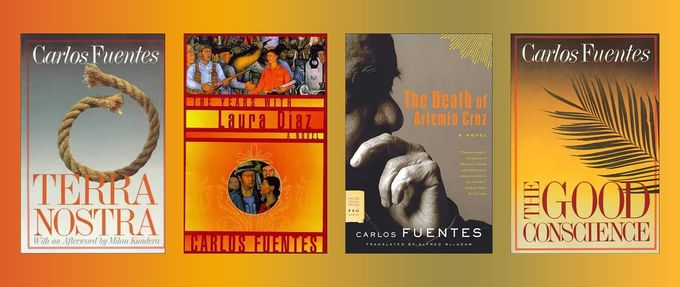Often named as a likely candidate for the Nobel Prize in Literature, Carlos Fuentes never actually became a Nobel laureate during his lifetime.
Nonetheless, he was the recipient of numerous other prestigious awards, including the Belisario Dominguez Medal of Honor, the highest award given by the Mexican Senate, presented to those whose lives have contributed “toward the welfare of the Nation and mankind.”
Upon his death in 2012, The Guardian hailed Fuentes as “Mexico’s most celebrated novelist,” while the New York Times praised him as “one of the most admired writers in the Spanish-speaking world.”
The influence of Carlos Fuentes isn’t limited to Hispanophone culture, either.
As befits an author of such gargantuan stature, many of his novels have been translated into multiple languages, and these ten books by “the Balzac of Mexico” are a perfect introduction to Carlos Fuentes for English-speaking audiences or anyone who wants to read some of the world’s most celebrated literature.
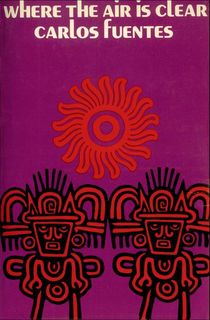
Where the Air Is Clear
Originally released in 1958, Carlos Fuentes’s first novel instantly catapulted him to the ranks of one of the most important voices in contemporary literature.
While the main character of the novel is ostensibly a former revolutionary-cum-financier named Federico Robles, Where the Air Is Clear paints a “kaleidoscopic presentation” of then-modern Mexico City, making it as much the “biography of a city” as anything (Masterplots).
Thanks to its “stark portrait of inequality and moral corruption,” Where the Air Is Clear became an “instant classic” (Christian Science Monitor) and helped to establish Fuentes as one of the most significant writers of his age.
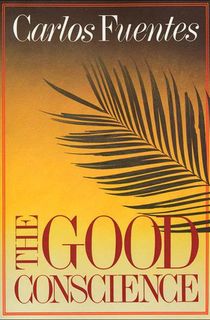
The Good Conscience
Jaime Cabellos is the only son of a powerful and wealthy family in a provincial capital in Central Mexico. He is a young man with ideals, hopes, and dreams—a man who longs to have a “good conscience” and to do what is right.
However, can idealism overcome reality when Jaime is the only heir of a rich and powerful dynasty? According to the New York Times, “few Mexican novelists could be better prepared than [Fuentes] to explore a moral progress against such a background.”
The result? A book that “zeroes in relentlessly on the coming-of-age of an adolescent whose every impulse to Christian behavior and social idealism is thwarted by the insensitive materialism of his family.”
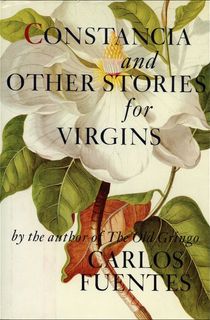
Constancia and Other Stories for Virgins
While Carlos Fuentes is best known as a novelist, he also wrote several short stories throughout his career, including the five novella-length pieces contained in Constancia and Other Stories for Virgins.
Among these are tales of two student roommates who “adopt”—and subsequently fall in love with—a store mannequin, a wealthy man imprisoned in his own mansion by his servants, twin architects who explore the edges of reason, and much more, in a book every bit as filled with Fuentes’s “rich interior vision and lyrical controlled prose” (Publishers Weekly) as any of his novels.
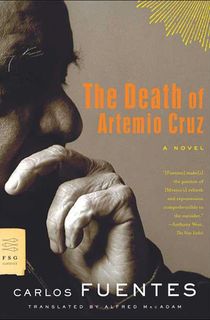
The Death of Artemio Cruz
Some have called The Death of Artemio Cruz Fuentes’s masterpiece.
Certainly, this tale of a dying newspaper magnate and land baron offers “virile, honest writing in a stream of ebbing consciousness,” showing that Fuentes has “mastered an old theme and created a strong novel” (Kirkus Reviews).
On his deathbed, Artemio Cruz looks back across a life marked by a struggle from poverty to wealth, by heroism and violence in a novel that is “remarkable, in the scope of the human drama it pictures, the corrosive satire and sharp dialogue” (New York Times Book Review).
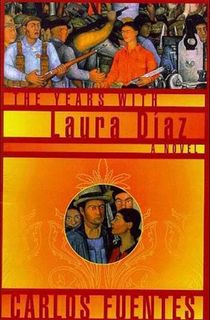
The Years with Laura Diaz
“This novel is like a great painting, like a mural, a complex mosaic of national and personal history” (Reforma).
In introducing his first major female protagonist, “Fuentes has created a remarkable heroine” (Booklist), a woman who lives through the history of 20th-century Mexico in a novel that is “a masterwork imbued with historical anecdotes [and] mystical imagery” (Publishers Weekly).
Beginning in Veracruz and moving to Mexico City, The Years with Laura Diaz follows one woman’s fictional life—and chronicles one country’s real history.
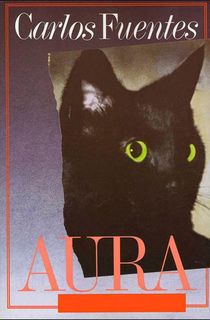
Aura
Carlos Fuentes’s third novel was adapted to the 1966 Italian film known either as The Witch or The Witch in Love, which gives some indication that this gothic novel is a departure from much of his other work.
“A beautiful horror story, a horrifying story of beauty” (Newsweek), Aura tells the tale of Felipe Montero, a young historian who takes a job organizing and completing the memoirs of a deceased general.
While there, he becomes embroiled in the life of the general’s widow, and infatuated with her mysterious niece in this “haunting and mesmerizing experience” (The Sunflower) that “attains a fatalism that is the fullest realization of fantasy” (Kirkus Reviews).
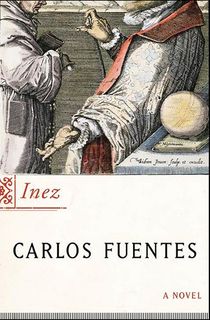
Inez
While Fuentes may be best known for epic historical novels, he has shown equal facility for shorter works that border on magical realism.
Such is the case with Inez, a novel which “tells two simple stories in a manner that rises to great heights of narrative improvisation without overstepping its bounds” (Publishers Weekly).
In one, a composer reflects upon his tempestuous relationship with a renowned singer. In the other, a man and woman meet in primeval history, in a world that is still forming.
In the deft hands of Carlos Fuentes, these two stories meet and intertwine before the short novel is finished.
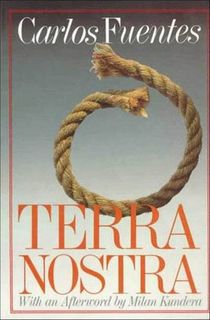
Terra Nostra
While short novels such as Aura or Inez showcase Fuentes’ work in sparer style, Terra Nostra represents possibly his most ambitious undertaking, a “massive, Byzantine work” which takes as its subject the history of all of Hispanic civilization (Critical Survey of Long Fiction).
“Carlos Fuentes is a world-famous author,” wrote Robert Coover in the New York Times, “serious, provocative, controversial even, inventive, widely considered Mexico’s most important living novelist, maybe the greatest ever—but the world is full of doubters and perhaps Fuentes wished to silence them once and for all, burying them under the sheer weight and mastery of his book.”
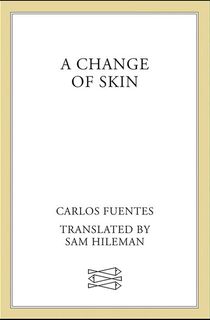
A Change of Skin
A former Nazi and his Mexican mistress, a frustrated Mexican writer and his Jewish American wife, all take a car trip across Mexico in one of the Carlos Fuentes’ most controversial novels, “a challenging and interesting” book (New York Times) that “defines existentially a collective Mexican consciousness by exploring and reinterpreting the country’s myths” (Encyclopedia Britannica).
All of them are searching for something—but will they find it amid the ruins of Mexico’s past… or with each other?
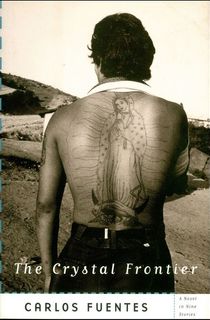
The Crystal Frontier
Across nine short stories which span both sides of the border between the United States and Mexico, the tales contained in The Crystal Frontier tell one shared saga of “the uneven and painful meshing of two North American cultures which catch at each other like warped gears,” filled with “powerful writing and many fine passages” (Washington Post).
With a title that can also be translated as “The Glass Border,” The Crystal Frontier was named a New York Times Notable Book of the Year and a Los Angeles Times Best Book of the Year, and showcases seemingly disparate stories that paint a “unique and memorable” (Miami Herald) portrait of life on both sides of the border.
